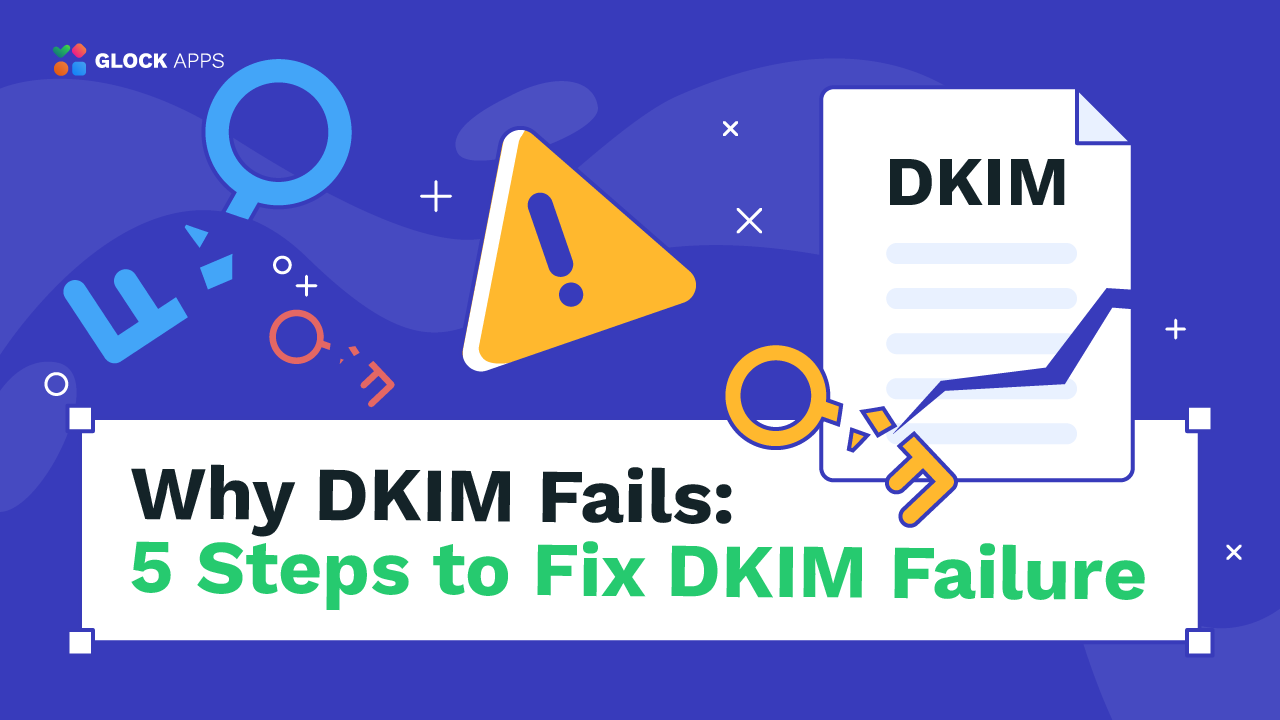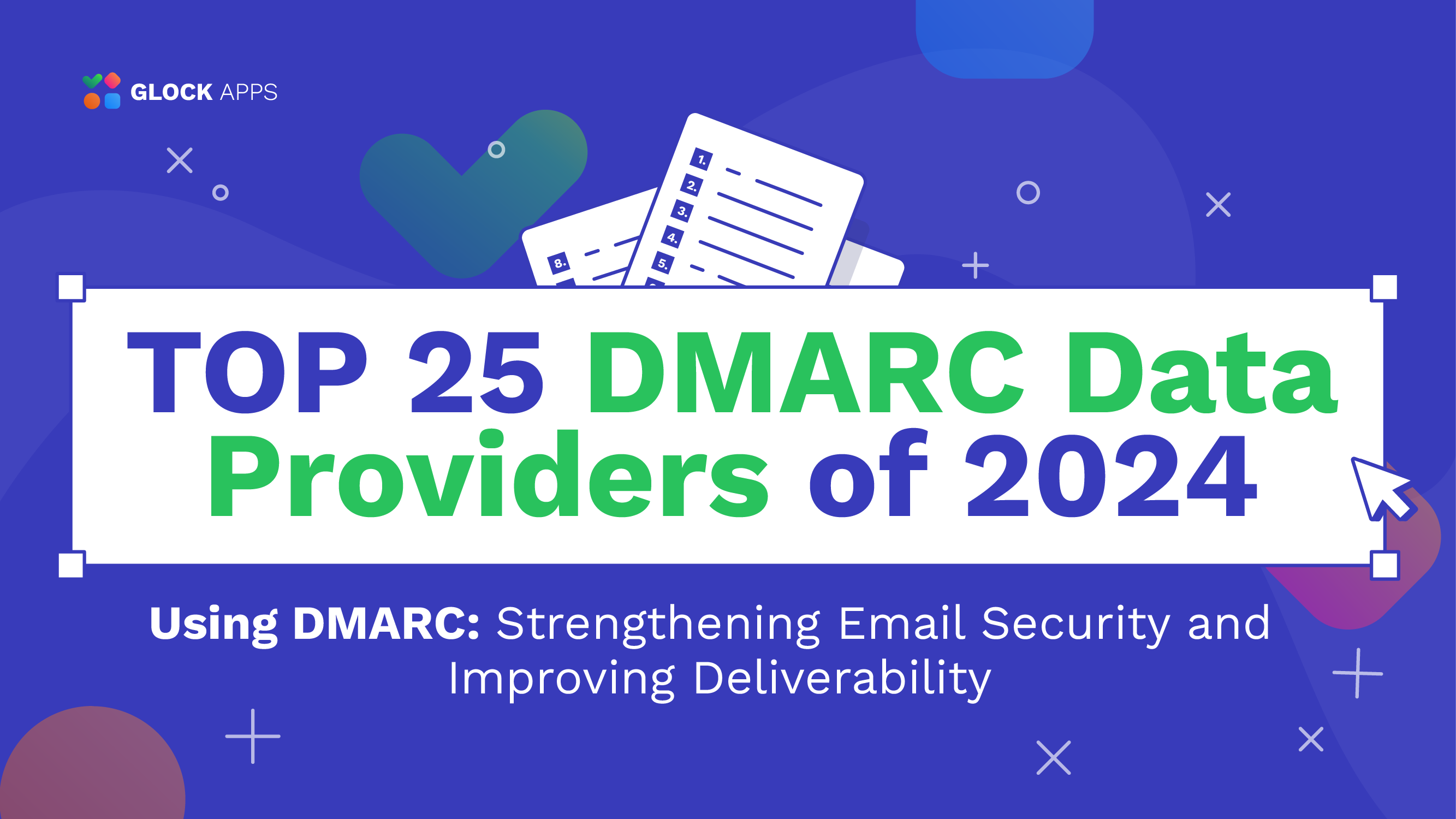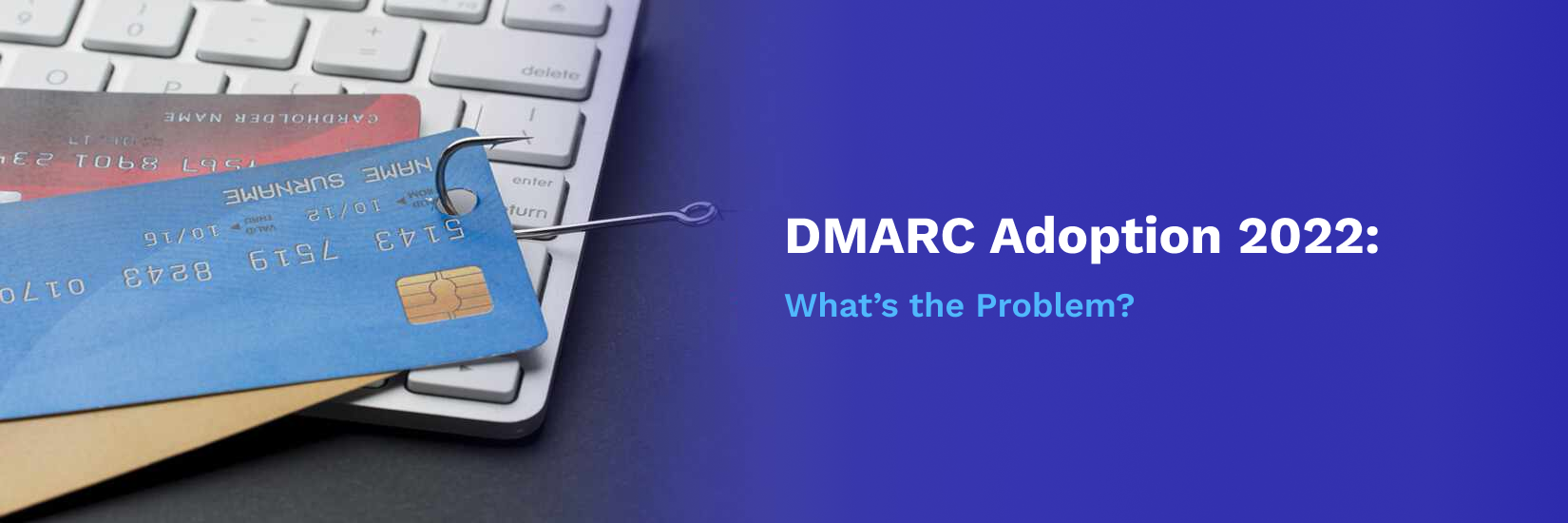10 Mistakes to Avoid When Setting up DMARC
A DMARC (Domain-based Message Authentication Reporting and Conformance) protocol provides email senders with a powerful tool to protect their email domains from spoofing assaults and ensure the authenticity and integrity of their email communications.









